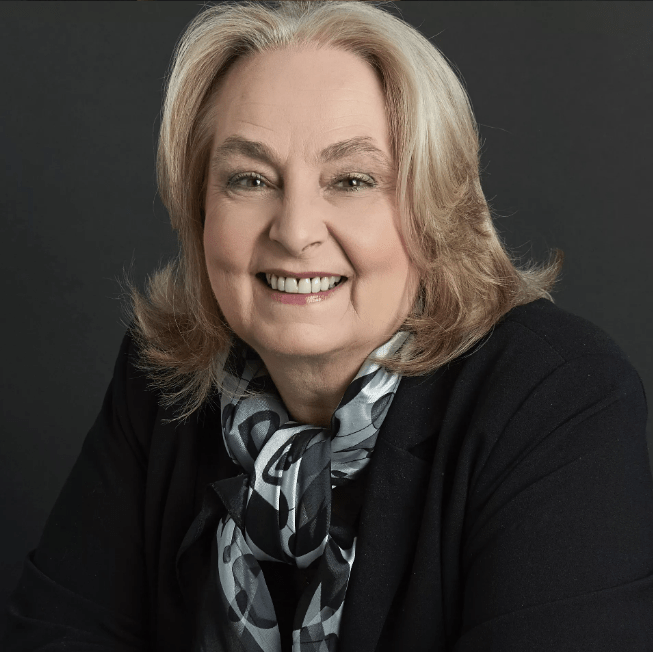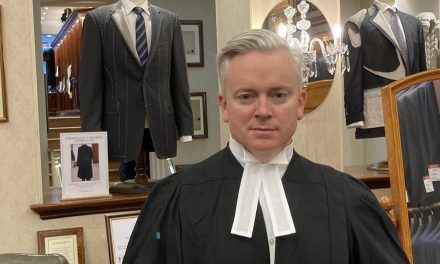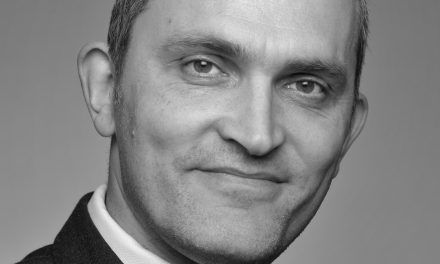On Tuesday 7 December 2021, Master Antony Gormley welcomed a group of very fortunate Middle Templars to a private tour of his studio, and I had the enormous privilege to be included in that number.
Master Gormley’s studio is located on a small street north of Kings Cross; we arrived on that dark December night to an ordinary street, where a bright doorway beckoned us into a magical and fascinating world. Tardis-like, the small doorway ushered us into a vast warehouse, where in every corner and at every turn, we were greeted with exhilarating and emotive forms and images.
There is a familiar quality to Master Gormley’s work, familiar because in his presence we were particularly aware that he himself is so present in his work. Famously, he uses himself as a figural model for his pieces, and we clearly recognised him in the stance of the towering figure of the Angel of the North, and his human dimension from his figures washed by the waves off Crosby Beach in Merseyside. There is also the miniature dimension, where his vision of human strength is expressed in numbers, as remembered by those who experienced his tiny clay figures in the Field installations in places such as parish churches in Shropshire. And in his presence, and in speaking to him about his work, there was familiarity – we all found we had a personal connection to his work, from those who had saluted the Angel of the North on their travels to the northeast, to those who had passed his figures perched on buildings and bridges in London, to those who had participated in creating their own Blind Light experience at the Hayward Gallery, to those who had engaged with his ideas for the plinth in Trafalgar Square. We saw how the figural became abstract; and yet, again, particularly in Master Gormley’s presence, this distinctive familiarity was seen in the abstract. Further, even in his most extreme abstraction of that human form, where reduced to small cubes or twists of metal, we experienced the emotion in the form. Extraordinary.
There also were unexpected delights, which spoke to the expanse of his creativity. Around one corner were delicate skeletons of cubes, balanced precariously but elegantly upon each other in an angular filigree. Master Gormley explained the challenges of creating and then transporting and recreating these shapes and their intricate balances in the installation spaces for which they were intended. This led to another room where sculptures, some of massive dimensions and weights, were being prepared for shipping. The vast workshop space encompassed several different projects in differing states of completion; to pivot was to take us into a new set of parameters and challenges.
Leading from this vast workroom was the intimacy of Master Gormley’s own personal space in the studio, full of his reference books and materials and pieces of early and important inspiration. It was a great privilege to have this intimate space shared with us, and entirely characteristic of his generosity to us on that magical evening.
Thus, within this artistic ‘Tardis’, it was possible to see parts of the whole of the endeavours of the studio past and present, from delicate drawings and wood and paper models to the casting and welding of monumental sculpture. We experienced the raw, acrid smell of the shaping of iron, we peered into a magical box where we saw how a building would be created so that light would create an intricate sculpture within, reminiscent of the use of stained glass in a medieval cathedral or a lacy window from Islamic antiquity.
Intrinsic to experiencing Master Gormley’s work, is to appreciate how it works in the environments where it is placed, and how the pieces interact with elements of that environment – think of the emotion we experience seeing his vulnerable figures perched on the edges of buildings or standing in the tide. Therefore, to see the collection of his work in his studio, and to have explained where their destinations were to be, was to be transported to these other spaces and environments around the world.
The kindness with which Master Gormley shared his time and insight was a great gift to the members of the Inn who shared the experience; it was two hours I have frequently re-visited in my own memory. So, this is written with wonder at my own great good fortune at having had this remarkable opportunity, and with heartfelt thanks to Master Gormley on behalf of the Inn and all who shared his company that evening.

Master Geri Peterson specialises in Immigration and Asylum law, and currently practises at the employed Bar from Richmond Chambers. Before coming to the Bar, she had successful careers in the theatre and in the Fine Art market in London. She teaches on the Middle Temple pupil advocacy training programme and at Cumberland Lodge.
Geri Peterson’s image: Copyright Richmond Chambers



